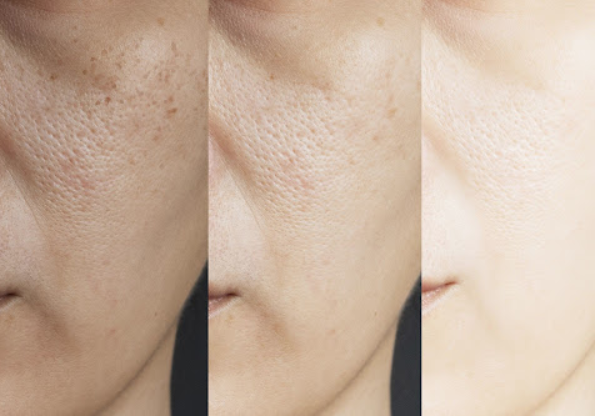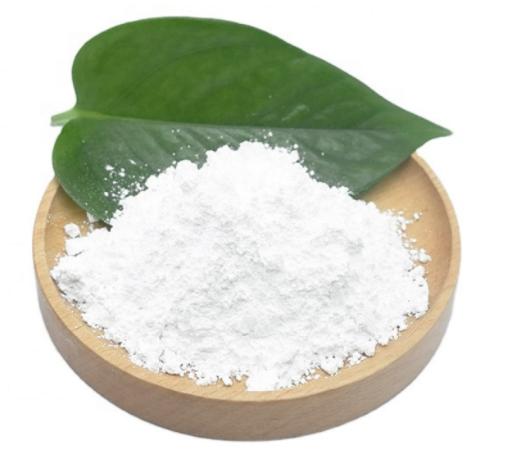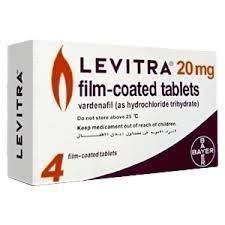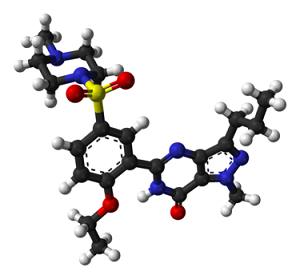Hydroquinone-Skin lightening and Controversy
Hydroquinone (HQ; p-benzenediol; C6H6O2; CAS#123–31–9), exists in stems, leaves and juices of many plants in nature, is a chemical substance with a wide range of uses with major uses as a reducing agent in black and white photographic developing solutions, as an antioxidant and polymerization inhibitor, and as an intermediate in the synthesis of other antioxidant derivatives. Hydroquinone’s capacity to lighten the skin was first reported by Oettel in 1936. In 1941, Martin and Ansbacher fed hydroquinone to young mice and observed grey hairs within 4–20 weeks after ingestion.
In the early 1950s hydroquinone was used in the southern regions of the USA as a sunscreen and lightening of the skin was observed in users. Hydroquinone is a common ingredient used in skin care to lighten the skin or get rid of dark spots or discoloration.
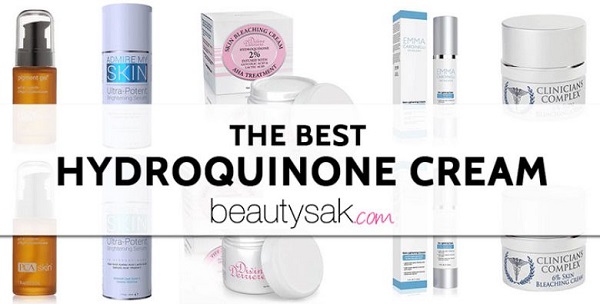
Topical hydroquinone creams are available as prescription medication to treat melasma and other pigmentation-related skin conditions. You can also buy limited strength hydroquinone as an over-the-counter medicine in most pharmacies. The exact mechanism of action accounting for the skin-lightening properties of hydroquinone is by reducing the production of melanin. Hydroquinone can blockade a key enzyme along the melanin (pigment) producing pathway in the body. Kowichi jimbow’s study showed that HQ preferentially afftected the nonfollicular and follicular melanocyte system. It caused decreased formation of melanosomes, a marked alteration in the internal structure of melanosomes, an increased degradation of melanosomes, and, finally, a destruction of the membranous organelles in the melanocytes. For many years, it has been known that hydroquinone can cause ochronosis. Whether this is a result of the effect of hydroquinone alone or other substances present in the formulation or higher concentrations of hydroquinone is unknown. Additional concern arose when oral hydroquinone was reported to cause cancer in rodents fed with large amounts of the substance, yet human carcinogenicity has not been established . Although oral consumption probably is not related to topical application, hydroquinone remains controversial because it may be toxic to melanocytes.
References
[1]https://www.google.com.hk/search?q=Hydroquinone&safe=strict&hl=zh-CN&biw=1477&bih=719&tbm=isch&source=iu&ictx=1&fir=XYqkZ1ObHHm3DM%253A%252Cjr9-2j-G1xcZ9M%252C_&vet=1&usg=AI4_-kRw6Ltz2XnKaMHXnclEDbJW7e7ZIQ&sa=X&ved=2ahUKEwjb4Yf-vvfkAhVJA4gKHbzdCdcQ9QEwB3oECAUQCQ#imgrc=27O1Ak__LBEMXM:&spf=1569810283513&vet=1
[2]Anthony P., DeCaprio. The toxicology of hydroquinone-relevance to occupational and environmental exposure[J]. Critical Reviews in Toxicology, 1999, 29(3): 283-330.
[3]Nordhnd JJ.Grimes PE,Ortonne JP.The safety of hydroquinone[J].JEADV,2006,20:781—787.
[4]https://www.dermstore.com/blog/what-is-hydroquinone-and-is-it-safe/
[5]https://www.forhers.com/blog/hydroquinone-for-melasma-does-it-work
[6]https://www.dermstore.com/blog/what-is-hydroquinone-and-is-it-safe/
[7]Kowichi Jimbow, Hiroko Obata, Madhu A. Pathak, Thomas B. Fitzpatrick. Mechanism of depigmentation by hydroquinone[J]. The Journal of Investigative Dermatology, 1974, 62(4): 436-449.
[8]Zoe Diana Draelos. Skin lightening preparations and the hydroquinone controversy[J]. Dermatologic Therapy, 2007, 20: 308-313.
You may like
Related articles And Qustion
See also
Lastest Price from Hydroquinone manufacturers
US $100.00/kg2025-04-21
- CAS:
- 123-31-9
- Min. Order:
- 1kg
- Purity:
- 99%min
- Supply Ability:
- 200TON

US $1.10/g2025-04-17
- CAS:
- 123-31-9
- Min. Order:
- 1g
- Purity:
- 99.0% min
- Supply Ability:
- 100 tons min

